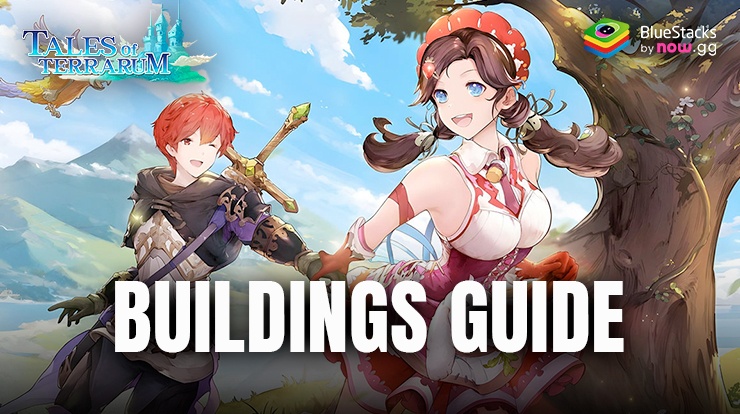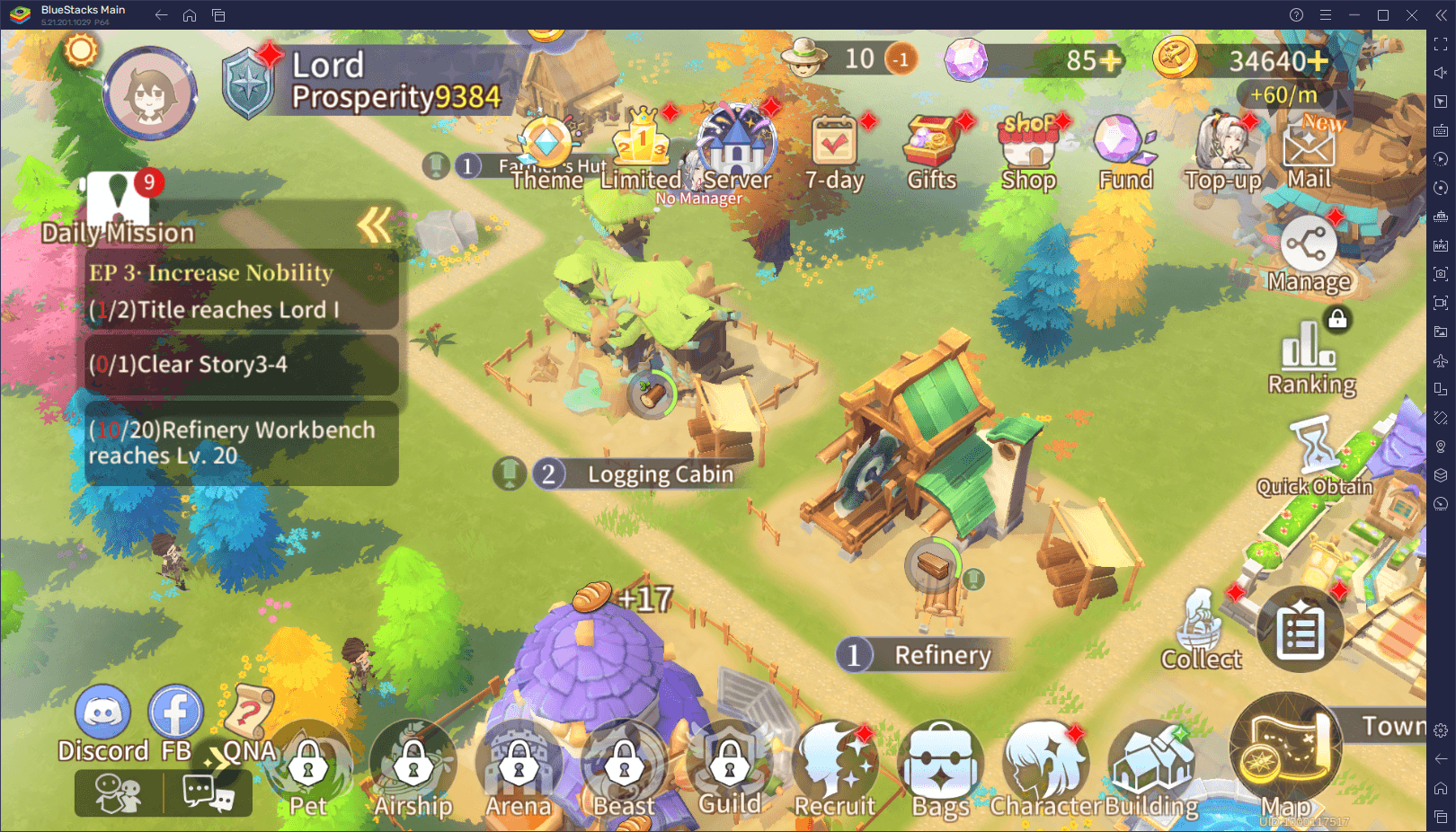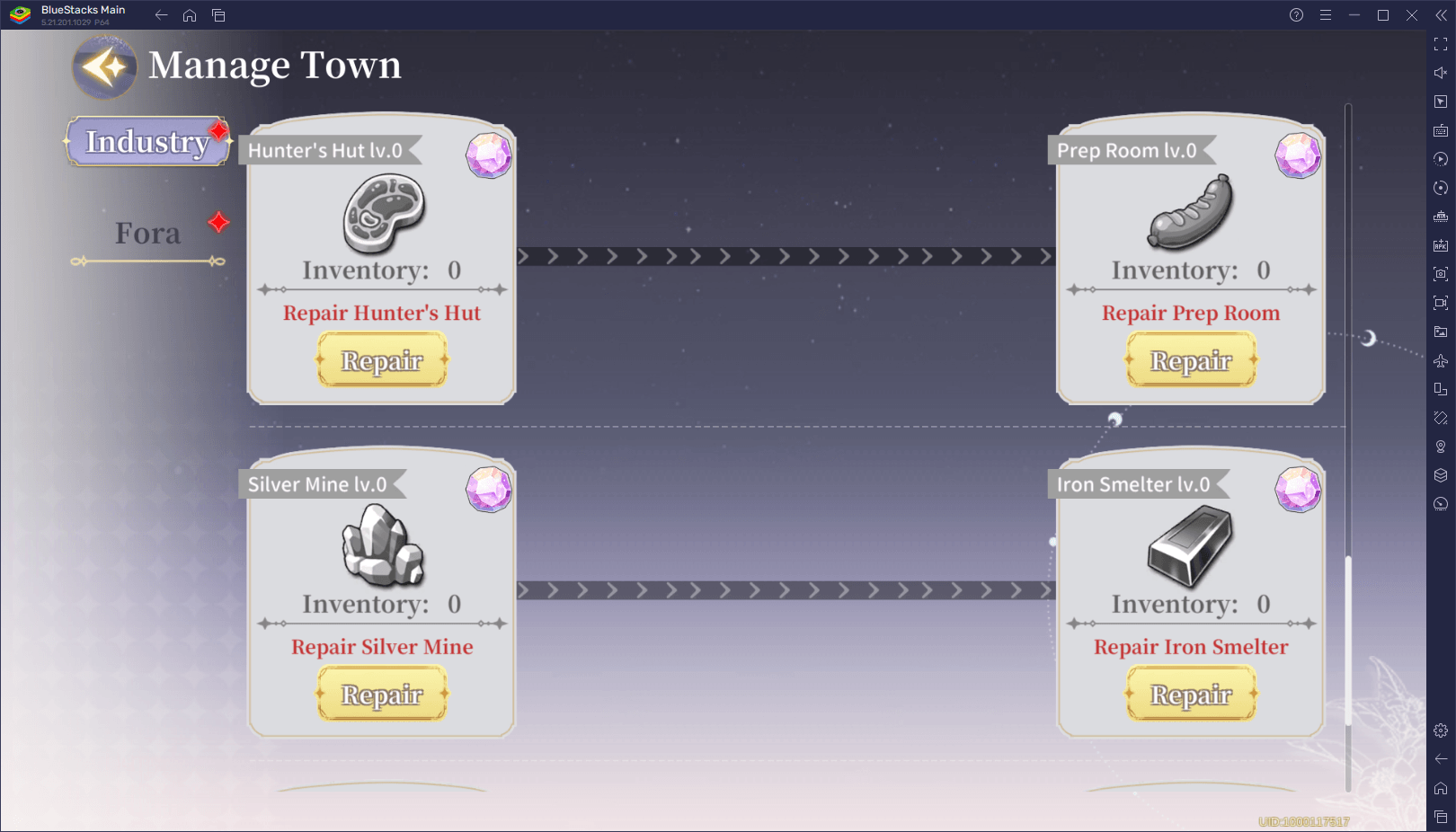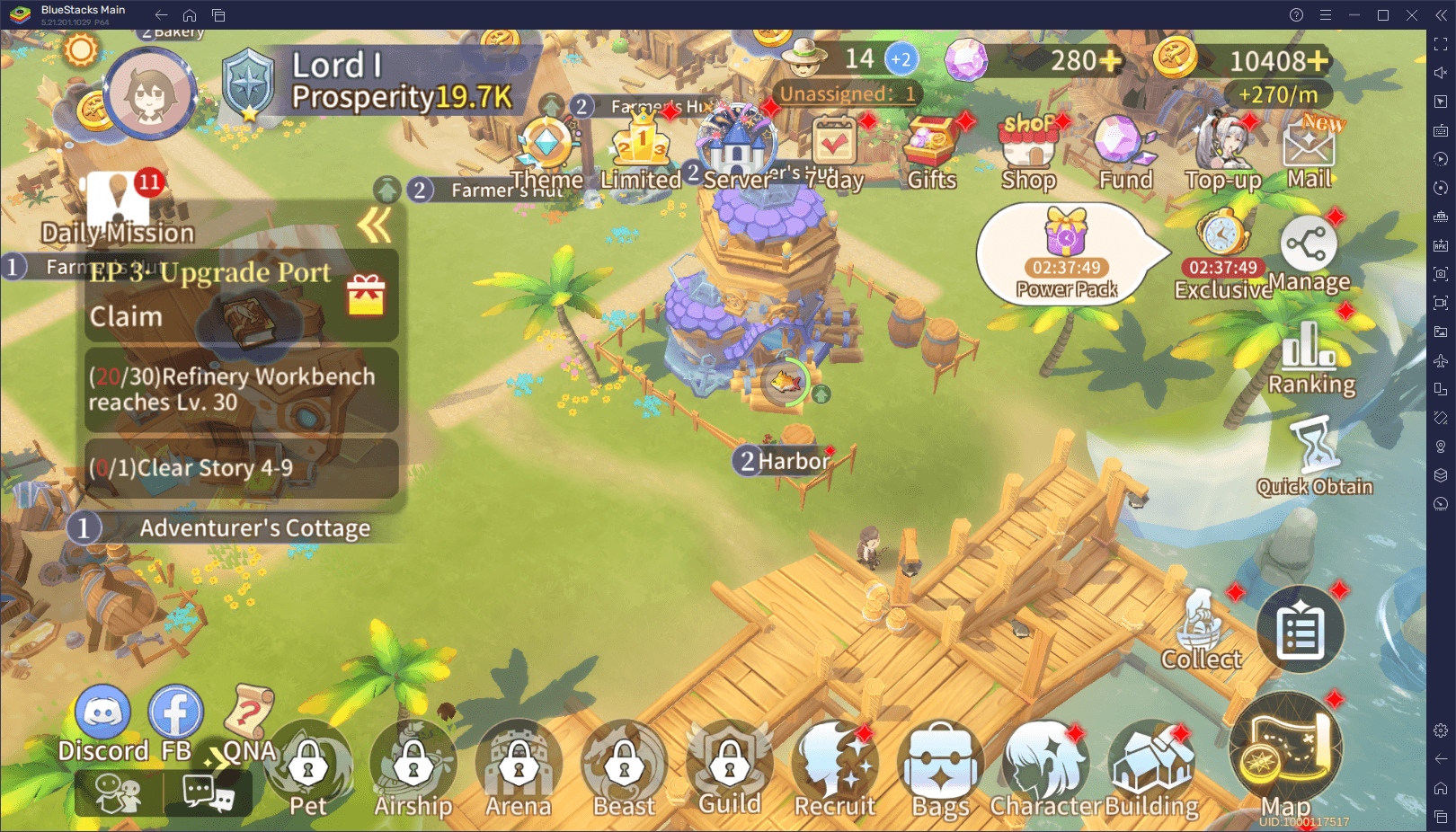Tales of Terrarum Buildings Guide - Key Structures for a Thriving Town

In Tales of Terrarum, the buildings you construct are the backbone of your town’s development. Each structure plays a specific role in this simulation game, whether it’s producing vital resources, processing materials, or supporting the growth of your community. Knowing the purpose and function of each building is crucial for optimizing your town’s efficiency and ensuring steady progress.
This guide will provide an overview of the most important buildings in Tales of Terrarum. We’ll discuss how each building contributes to your town’s economy and growth, helping you make informed decisions about where to focus your efforts as you expand your territory.
Wheat Fields and Bakery
The Wheat Fields are one of the first buildings you’ll encounter as a beginner in Tales of Terrarum. These fields are your primary source of Wheat, a staple resource in your town’s food supply. As your town grows, maintaining a steady production of Wheat becomes increasingly important. Wheat is not just for feeding your people—it’s also the key ingredient in producing Bread at the Bakery.
The Bakery transforms Wheat into Bread, which is crucial for upgrading your Farmer’s Huts. Bread keeps your economy strong, enabling your huts to produce even more Fora on the hour. Keeping a close eye on your Wheat and Bread production ensures that your town’s workforce and heroes are well-supported, allowing for smoother progression through the game.
Logging Cabin and Refinery
Wood is another fundamental resource in Tales of Terrarum, and the Logging Cabin is where it all begins. By harvesting Pine Wood from your Logging Cabin, you can produce the raw materials needed for various construction projects. However, raw Pine Wood alone isn’t enough for most building needs—it must be processed into Planks.
The Refinery takes the Pine Wood produced by your Logging Cabin and converts it into Planks, a critical construction material. Planks are used in a wide range of building upgrades, making the Refinery an essential part of your town’s production chain. Prioritizing the Refinery’s output can significantly speed up your town’s development, as it provides the materials needed for both basic and advanced structures.

Cotton Fields and Textile Mill
As your town grows, so does the demand for clothing and other textile products. This is where the Cotton Fields come into play. Cotton is cultivated in these fields and serves as a key raw material for producing fabrics and garments. Without a steady supply of Cotton, your town’s ability to produce textiles will be severely limited.
Once harvested, Cotton is processed at the Textile Mill. The Textile Mill converts Cotton into Cotton Cloth, which is used in various crafting and construction projects. Cotton Cloth is particularly important for creating garments, which can be essential for certain character upgrades and town decorations. By maintaining a robust production line from Cotton Fields to the Textile Mill, you ensure that your town has the materials needed for both practical and aesthetic improvements.
Copper Mine and Copper Smelter
Mining plays a critical role in the expansion of your town, particularly when it comes to extracting valuable metals. The Copper Mine is where you gather Copper Ore, a versatile resource used in construction and crafting. However, Copper Ore needs to be refined before it can be put to use.
The Copper Smelter processes Copper Ore into Copper Ingots. These ingots are essential for building and upgrading many of the town’s structures. Copper Ingots are often required for more advanced buildings and infrastructure, making the Copper Smelter a key component in your town’s growth. Ensuring a steady flow of Copper Ore to your Smelter is vital for maintaining your town’s development momentum.
Quarry and Tile Workshop
The Quarry is your town’s primary source of Clay, another important material for construction. Clay is particularly useful for creating durable building components that are necessary for more advanced construction projects. To fully utilize the Clay from your Quarry, you’ll need to process it into Ceramic Tiles.
At the Tile Workshop, Clay is transformed into Ceramic Tiles. These tiles are used as construction materials, especially for buildings that require higher durability or a polished finish. As your town expands, the demand for Ceramic Tiles will increase, making the Quarry and Tile Workshop crucial to your town’s continued development.
Hunter’s Hut and Prep Room
Food production isn’t limited to just Wheat in Tales of Terrarum. The Hunter’s Hut provides Fresh Meat, a valuable food resource that can be further processed into more specialized products. This building is essential for ensuring your town has a varied diet, which is important for maintaining the productivity and happiness of your residents.
The Prep Room is where Fresh Meat is turned into Sausages. Sausages are not just food—they play a specific role in upgrading Worker’s Cottages. Upgrading these cottages is essential for keeping your workforce efficient, so ensuring a steady supply of Sausages is key to maintaining a productive town.
Silver Mine and Iron Smelter
Iron is another crucial resource in Tales of Terrarum, sourced from the Silver Mine. Iron Ore, like Copper, must be refined before it can be used in construction. The Iron Smelter processes Iron Ore into Iron Ingots, which are indispensable for building strong and durable structures.
Iron Ingots are often required for advanced construction projects, particularly those that form the backbone of your town’s defenses and infrastructure. Prioritizing the Iron Smelter ensures that you have the materials needed to keep your town safe and growing. Get up to 20% cashback in nowBux gaming currency and big weekly rewards with every in-app purchase on games from the BlueStacks Store. Play on PC with BlueStacks to unlock more resources like summons, skins, cosmetics and more.

Pasture and Tailor Shop
The Pasture is where you gather Pelts, which are used in a variety of crafting and construction projects. Pelts are a versatile resource, and their importance grows as your town expands and requires more sophisticated materials for upgrades.
The Tailor Shop processes Pelts into Leather, a material essential for many crafting needs. Leather is used not only in town construction but also in crafting items that can enhance your heroes’ capabilities. Keeping your Tailor Shop busy with a steady supply of Pelts is crucial for ensuring that your town and heroes are well-equipped for any challenges they face.
Harbor and Fishing
As your town expands, the Harbor becomes an essential addition to your infrastructure. The Harbor is where you can produce Fish, a resource that plays a unique role in your town’s economy. Fishing at the Harbor is not just about feeding your people; it’s also a lucrative way to supplement your town’s income.
Once you’ve gathered enough Fish, you can sell them via the Trade Ship for Fora, the common currency in Terrarum. Regularly sending out the Trade Ship with a load of Fish can provide a steady stream of income, which can be reinvested into your town’s development. By balancing your fishing activities with other production lines, you ensure that your town’s finances remain healthy, enabling continued growth and expansion.

Buildings are the foundation of your town in Tales of Terrarum, each contributing uniquely to its development and prosperity. By understanding the role of each building and managing your resources effectively, you’ll be able to guide your town toward growth and success. To make managing your town even easier, consider playing Tales of Terrarum on PC with BlueStacks. The enhanced controls and larger screen will give you the edge you need to build the ultimate town in this charming game.















